These Roman Phallic Carvings in Pompeii Euphemistically Pointed the Way to Brothels
Phallic symbols can be found not only as graffiti roughly drawn and carved onto public walls, but built into the roads as well in Pompeii, Italy. It is guessed that the phallic symbols on the streets point towards the nearest brothel, to direct foreign sailors who may be heavily intoxicated and/or unable to speak the local language.
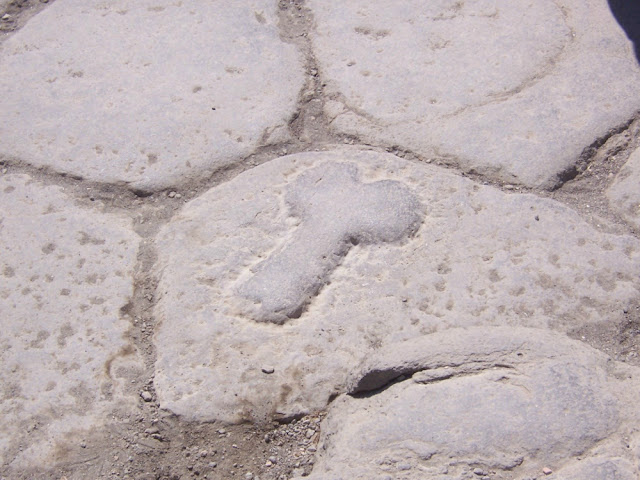
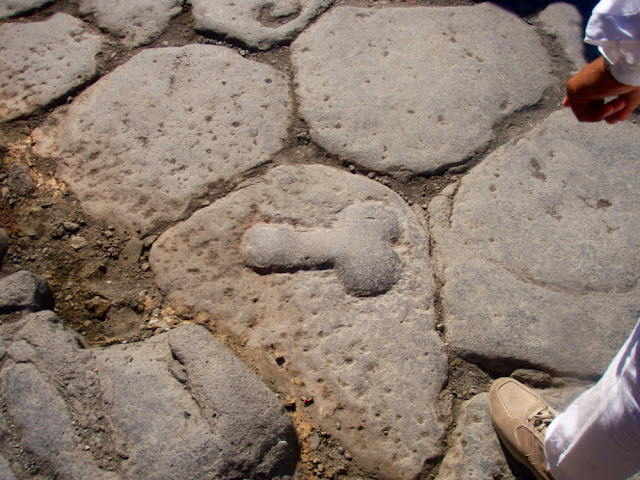
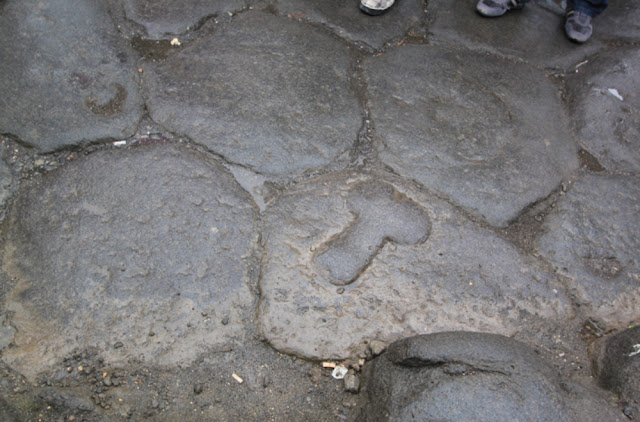
In the ancient Roman empire, prostitution was legal and did not have the stigma that it has today. Because Pompeii was a port city, sailors commonly visited the brothels to blow of some steam after a long voyage.
As many of the sailors did not speak the local language or were too intoxicated to do so, the brothels had a sort of “menu” to select from. Graphic pornography paintings decorated the buildings, and sailors were thought to point and choose an act they would like to pay for, before being shown to their room.
The brothel rooms were small and uncomfortable, and built that way on purpose. Stone beds were meant to be uncomfortable, so that visitors would not fall asleep after their time was up, wasting the prostitutes’ time and costing the brothel money.
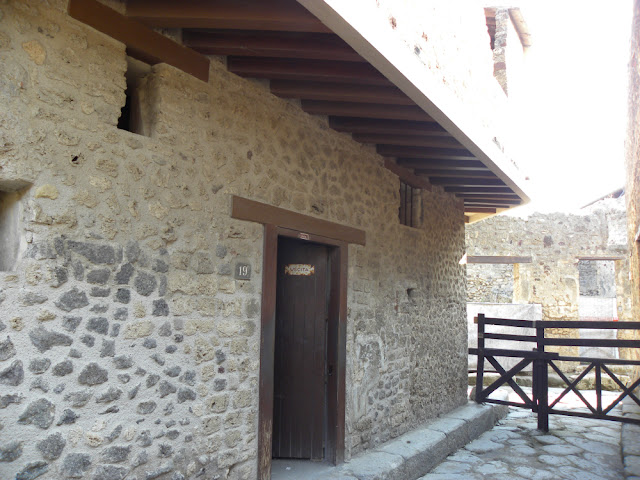
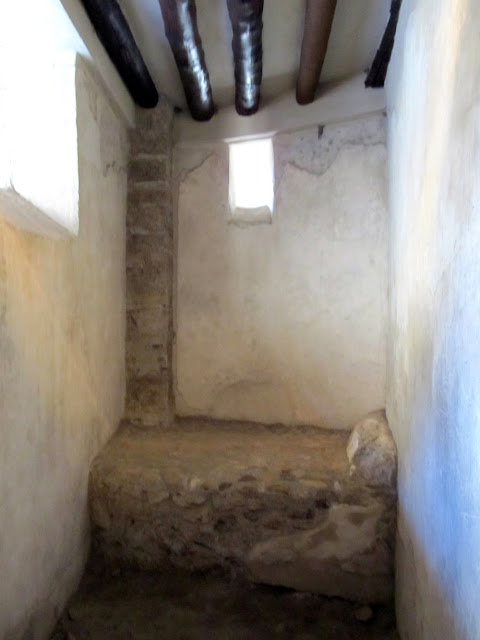
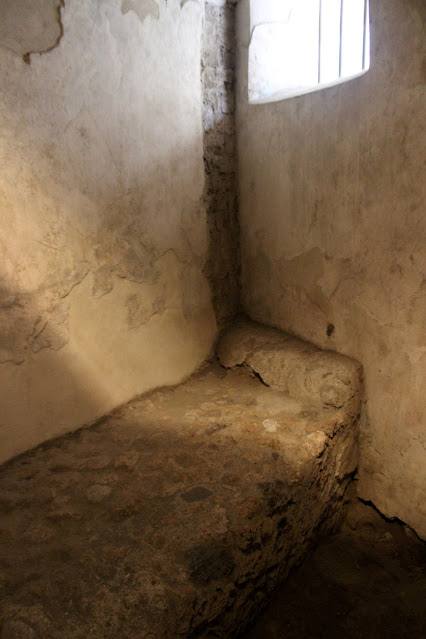
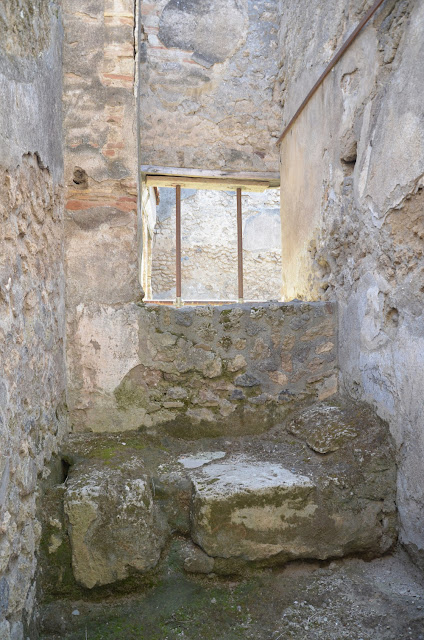
PHALLIC CARVINGS AND THE EVIL EYE
Ancient sources do not tell us a huge amount about the use of phallic imagery, but when they do it is to describe a protective or ritual function: Aristophanes (Acharnians 241-4); Varro (De Lingua Latina 7.97); Pliny the Elder (Natural History 28.7). Archaeological evidence from elsewhere in the Roman Empire tells us a great deal more because phallic carvings have been found in many different places.
A particularly famous example from Leptis Magna (modern Libya) depicts a large, erect phallus with animal legs and a curly tail; it has a secondary, but still large, phallus between its legs which it uses to ejaculate onto a disembodied eye. The eye in this image is the Evil Eye, the Roman embodiment of bad luck and inauspicious circumstances. Humans, gods, and demons could cast the Evil Eye, sometimes without knowing it.
If an individual caught the gaze of the Eye, they might suffer bad luck, but the Eye was fickle and its gaze could be caught and deflected by certain objects and images. There were a great many amulets, gestures, prayers, and other apotropaic devices dedicated to the purpose of warding it away, of which phallic imagery was one. Broadly speaking, the Evil Eye could become “fascinated” by wondrous, bizarre, and bawdy images and thus distracted from harming people.
For this reason, phallic imagery was ubiquitous in the ancient world and especially prevalent across the Roman Empire. It was most often used on pendants and mounts to be worn on the body, but was also used on finger rings, seal box lids, cosmetic grinders, lamps, tintinnabula and in all sorts of other places (Parker 2020).
An experimental study by Whitmore (2017) used a replica of a phallic pendant from Britain and subjected it to different physical experiences (walking, running, playing cards) and subsequently concluded that the design of the pendant meant that, even when jostled, it returned to a resting position on the chest in which the phallus prominently pointed outwards. This study chimed well with the assertion of Merrifield (1969) that phallic imagery acted as a sort of “lightning conductor for bad luck”. It worked by pointing towards supernatural danger and deflecting it away from its bearer.
They were designed to be conspicuous objects that would fascinate the gaze of the Eye and not a subtle message to brothel patrons.
THE WIDER PICTURE
Recent studies of the carvings in the north of Roman Britain have highlighted their positioning in liminal or transitional places such as doorways, gateways, and other thresholds like on the curtain wall of Hadrian’s Wall itself (Parker 2017; Collins 2020).
And this is also true of Pompeii – mostly they are above building entrances or near cross-roads. There are no known brothels in Roman Britain and yet more than 92 phallic carvings. Most of these are from places that simply could not have housed a brothel (the centre of forts and fortresses, amphitheatres etc.).
Other beliefs may have also informed the shape and positioning of the phallic carvings; it is not universally true but a large number of these point to the left. The left side, or sinistro in Latin, was inauspicious in the ancient world (and also the root of the English word “sinister”). Thus, phallic carvings could be pointing towards a source of supernatural danger.
There is a different danger here of automatically assuming that all phallic drawings were protective symbols, which also may not have been the case. There are numerous graffiti doodles of phalli, or men in a state of arousal, and some of these were undoubtedly for comic effect and/or simply because the drawer was bored. That said, the sound of laughter may also have been able to dispel the negative effects of the Evil Eye so this is a complex issue.
